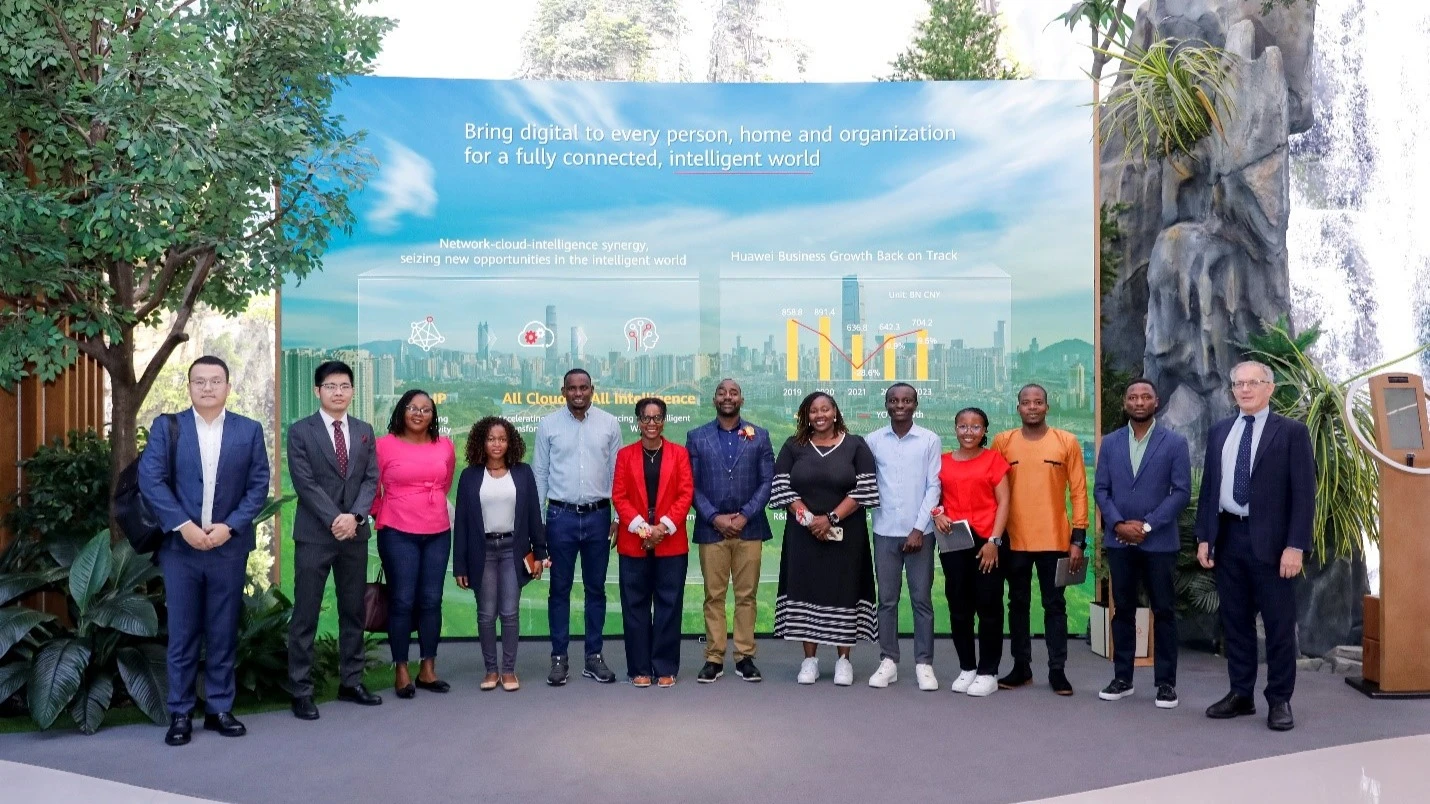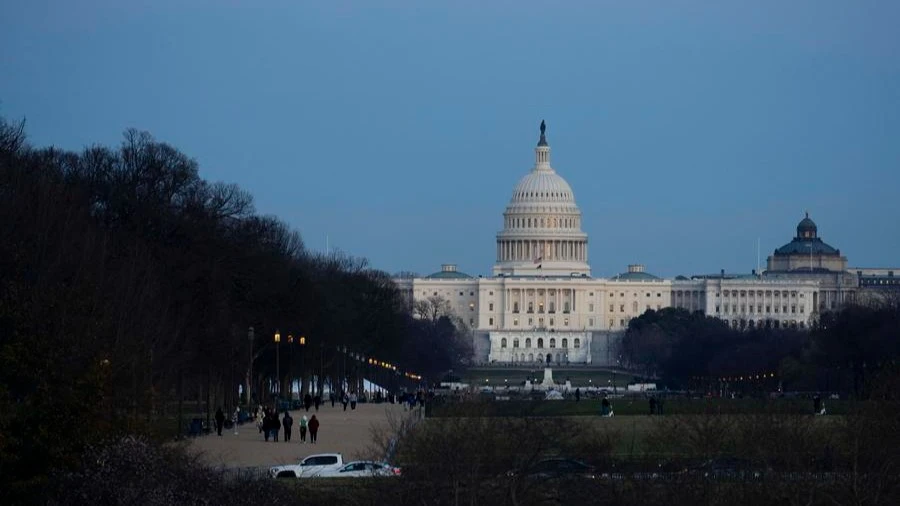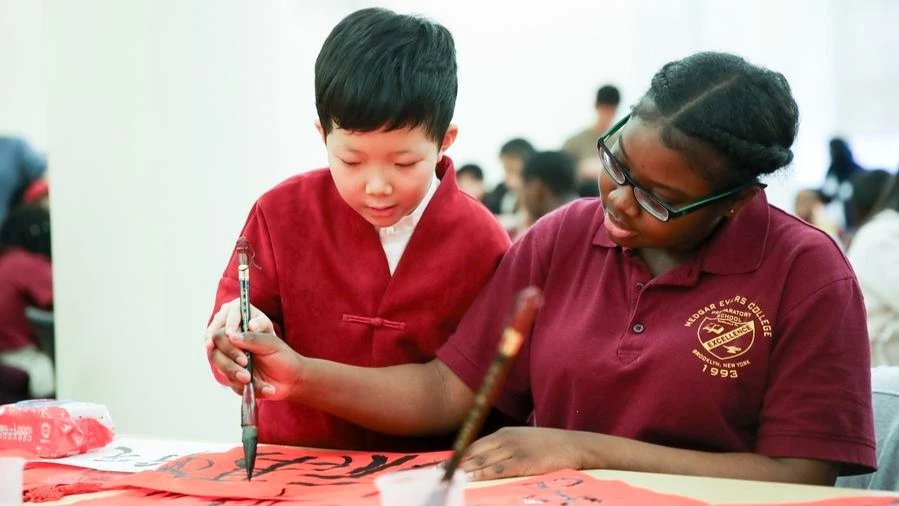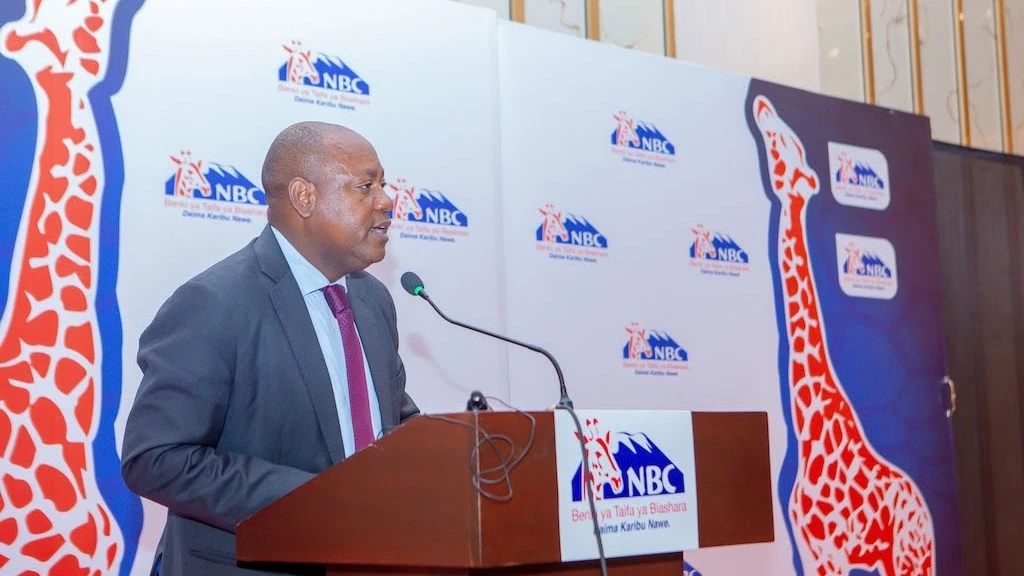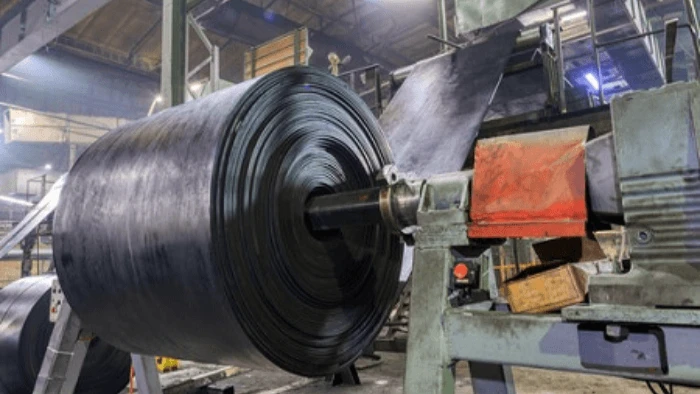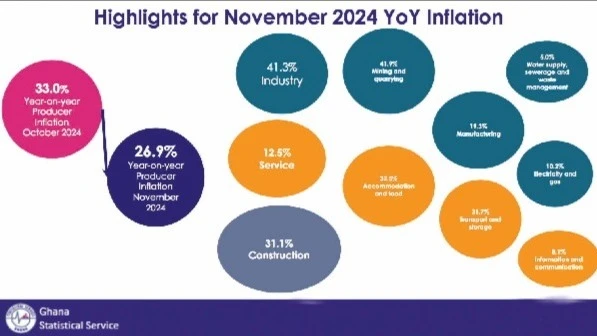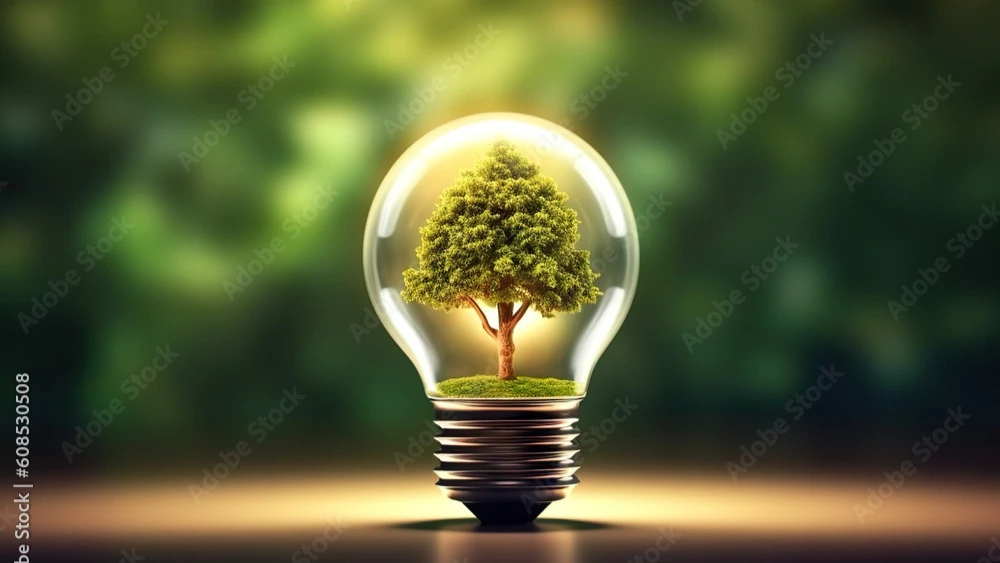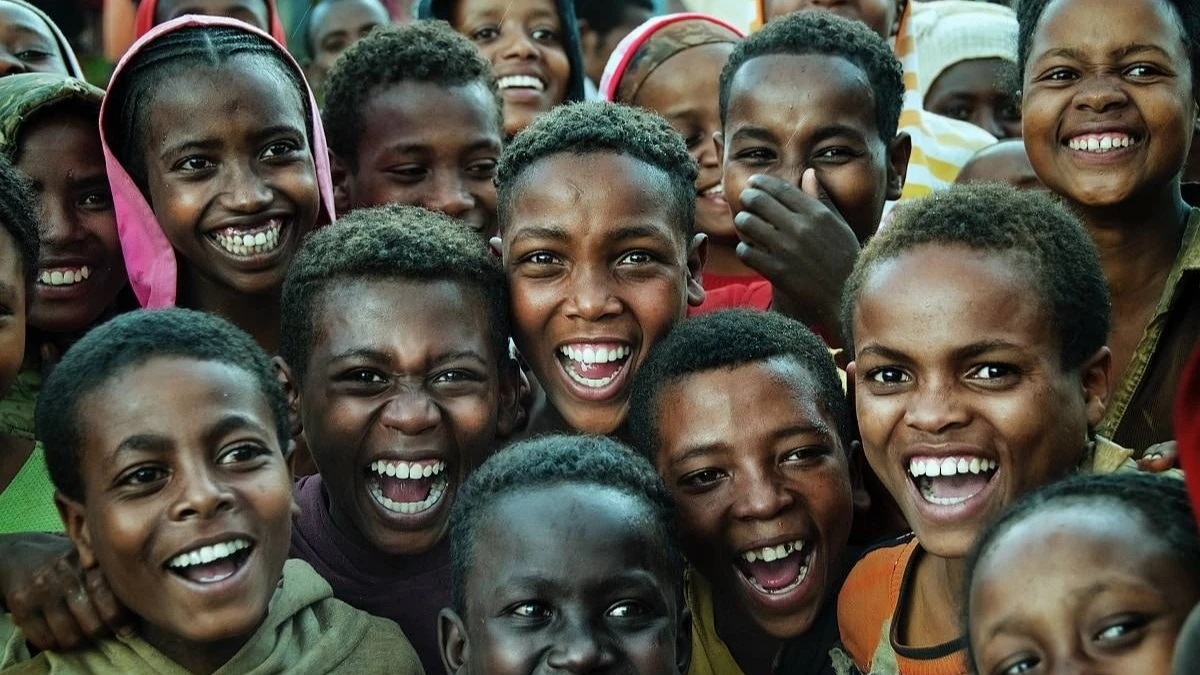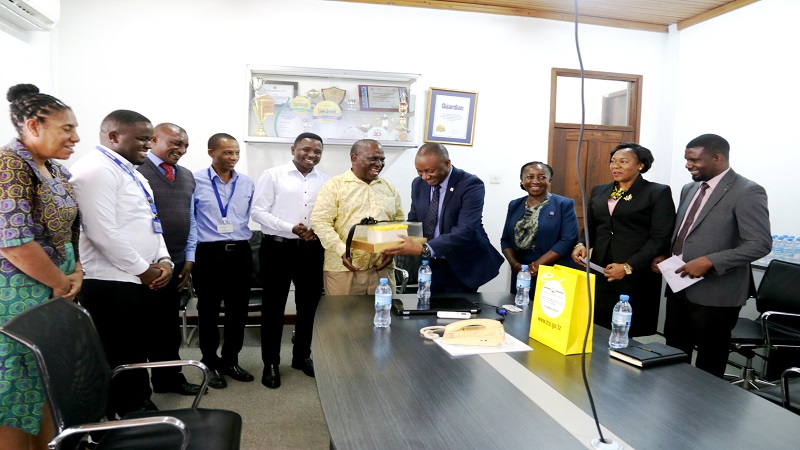SPECIAL REPORT: Proposed solutions to water woes in Dar, Coast regions
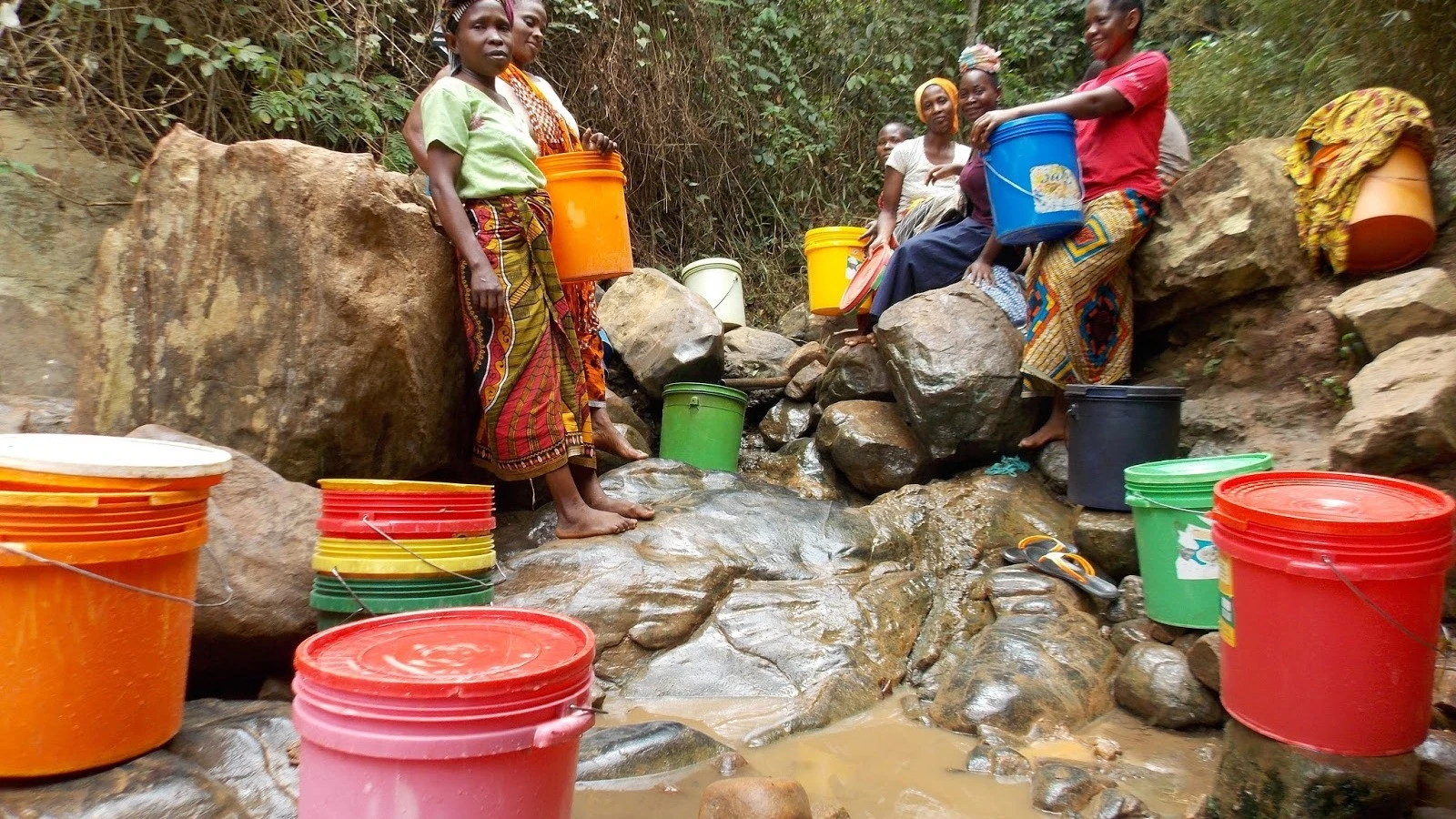
AMIDST pressing water concerns, residents in Dar es Salaam and the Coast region have made a pivotal call to the City’s Clean Water and Environmental Sanitation Authority (DAWASA), imploring for a strategic focus on substantial infrastructure investments to stem water loss and steadfastly ensure a reliable supply of clean, safe water for both households and industries.
However, they are pleading with DAWASA to elevate the establishment of cutting-edge sewage treatment facilities as a top priority.
This strategic initiative would pave the way for the assimilation of purified sewage water into the urban water distribution system, effectively alleviating the pressing issue of inadequate access to clean and potable water.
Moreover, some residents went far to blame DAWASA for the long delay in completion of the Kidunda dam in Morogoro region that is meant for addressing the water crisis in Dar es Salaam and in the districts of Bagamoyo and Kibaha.
In a survey conducted by this reporter since mid-April this year, community members in Dar es Salaam, Bagamoyo district and Kibaha district expressed their diverse viewpoints on tackling the prevailing water supply dilemma.
This publication, dated April 10, 2024, released an in-depth exposé shedding light on the obstacles confronting residents in their quest for reliable access to uncontaminated water sources within the urban landscape.
The dire scarcity of hygienic and secure water resources has forced a significant segment of the mentioned three towns’ inhabitants to rely on boreholes, rivers, and canals, notwithstanding the exorbitant expenses and potential health hazards involved.
The recently released Water Utilities Performance Review report for the financial year 2022/23, compiled by the esteemed Energy and Water Utilities Regulatory Authority (EWURA), reveals a concerning uptick in water loss.
The report discloses that the percentage of water loss concerning water production has surged to 37.2 percent in 2022/23, a noticeable escalation from the previous year’s 35.5 percent.
This heightened water loss trend is particularly prevalent in Dar es Salaam city and across the other 84 Water Supply and Sanitation Authorities (WSSA) scrutinized within the comprehensive report.
Nevertheless, as elucidated in the meticulously detailed Controller and Auditor General (CAG) report for the financial year 2021/22, which surfaced in March 2023, there are indications of a modest decline in water loss within the three towns served by DAWASA.
The report says that in 2018/19 the water loss in DAWASA’ served towns was 49.20 percent, in 2019/20 it was 41.25 percent, in 2020/21 it was 38.89 percent and in 2021/22 it was 39.03 percent which is 3.53 percent more than the percentage of water loss as stipulated in the current EWURA’s report.
EWURA’s water loss data is similar to that of the parliamentary Public Investment Committee (PIC) statement issued by Chairperson Deus Sangu on March 20, 2024 which states that annual water loss at DAWASA stands at 37 percent, above the International Water Association (IWA) benchmark which requires annual water loss not to exceed 20 percent.
Sangu said that DAWASA’s customers have increased to 432,000 in March 2024 from an estimated 200,000 customers in March 2021.
According to DAWASA’s website, the authority collectively serves Dar es Salaam, Bagamoyo district council and Kibaha district council in the Coast region.
The remaining seven districts of the Coast region are served by five Water Supply and Sanitation Authorities (WSSAs).
The five WSSAs are Chalinze Water Supply and Sanitation Authority, Kilindoni Water Supply and Sanitation Authority in Mafia, Kisarawe Water Supply and Sanitation Authority, Mkuranga Water Supply and Sanitation Authority and Utete Water Supply and Sanitation Authority in Rufiji district council.
The 2022 Population and Housing Census report by the National Bureau of Statistics (NBS) states that Dar es Salaam has 5,383,728 inhabitants.
As a result of that Census, Bagamoyo has 204,478 inhabitants while Kibaha has 128,488 inhabitants. Summing up Dar es Salaam, Bagamoyo and Kibaha residents, DAWASA serves a total of 5,717,694 customers.
With these figures, it means that DAWASA has managed to reach only 7.56 percent of the population of the three towns serving only 432,000 customers as per PIC chairperson.
But, Kiula Kingu, DAWASA’s Acting Chief Executive Officer said that the authority in the year 2022/23 completed the construction of 10 clean and safe water projects worth 219.4bn/- in the region of Dar es Salaam and the districts of Bagamoyo and Kibaha.
He said that currently the projects serve 722,308 residents in the three towns.
Juma Hashim (42), Matosa street resident in Dar es Salaam, said that if DAWASA succeeded in controlling water loss, the lost water could be used to fix the scarcity.
“To address the shortage of clean and safe water in Dar es Salaam, I suggest that DAWASA invest more in the control of water loss,” said Hashim.
Everlasting Lyaro, DAWASA’s Acting Head of Communication Department said that as of last Thursday the authority’s water production is 590 million cubic meters per day while the demand is 585 million cubic meters per day, an excess of five million cubic meters.
She said that collectively DAWASA currently serves 93 percent of Dar es Salaam, Bagamoyo and Kibaha residents.
Breaking down this daily water production means that DAWASA produces an average of 215.350 billion cubic meters per year.
Considering the water loss of 37 by DAWASA, it means that it loses 218.30 million cubic meters every day and loses 79.68 billion cubic meters for 365 days of the year.
However, the figures provided by Lyaro contradict data by EWURA’s Water Utilities Performance Review report for financial year 2022/23.
The EWURA’s report shows that as water loss at DAWASA remains to be higher than the 20 percent IWA recommended benchmark as water demand in the three towns turns low compared to production capacity.
The report shows that in the financial year 2020/21 water demand by DAWASA was 237.14 million cubic meters while installed production capacity stood at 185.73 million cubic meters.
In 2021/22 the demand was 257.62 million cubic meters while production was also 185.73 million cubic meters and in 2022/23 the demand was 241.24 million cubic meters while production was 191.31 million cubic meters.
Mwantumu Idrisa (32) Kibugumo resident in Kigamboni district of Dar es Salaam was suspicious that shortage of clean and safe water in the city might be caused by industrial water consumption in the city and in Bagamoyo and Kibaha district councils that DAWASA serves.
In her response, DAWASA’s acting communication chief Everlasting Lyaro rejected the argument that the use of water in factories to produce soft drinks, alcohol and for cooling machines consumes a huge amount of water supplied by the authority.
“The use of water in factories of Dar es Salaam, Bagamoyo and Kibaha is less than 50 million cubic meters per day,” she said.
She further said that in controlling water loss the authority had invested 48.9bn/- in setting up a water loss controlling station in Dar es Salaam that will be completed before the end of this month.
Janevive Samson (26) Mikocheni resident in the city said that she is okay with DAWASA’s water production capacity as she is not subjected to water scarcity woes that residents of other parts of the city incur.
“For me, DAWASA is definitely playing its role in supplying the city residents with clean and safe water. I cannot remember when was the last time I experienced water rationing,” she said.
Engineer Herbert Kashililah, Chairperson Tanzania Water and Sanitary Network (TAWASANET) recommended that sewage treatment could serve better in bridging water scarcity in DAWASA’s served towns.
“Dar es Salaam generates thousands of liters of sewage on a daily basis. We should have started seeing the impact of sewage treatment plants that the city has already set up. The sewage is largely disposed of into the Indian ocean thus spoiling its waters,” said Kashililah.
In that regard, the EWURA’s report shows that DAWASA recorded 18.82 million cubic meters of sewage generated in 2020/21.
In 2021/22 it recorded 17.40 million cubic meters while in 2022/23 it recorded 18.22 million cubic meters.
Of these volumes, the report does not show the amount of sewage treated a year. However, it does not show the number of sewage treatment plants currently operated by DAWASA.
On the other hand, the report shows that the volume of fecal sludge dumped at DAWASA treatment facilities had steadily increased in the past three years.
In 2020/21 dumped sludge volume at DAWASA treatment facilities was 602,933 cubic meters, in 2021/22 was 698,378 cubic meters and in 2022/23 there was 825,310 cubic meters.
The EWURA report shows that total capacity of fecal sludge treatment facilities was 53,196 cubic meters in 2020/21 while in 2021/22 it was 819 cubic meters and in 2022/23 it was 53,246 cubic meters.
DAWASA has since July 2017 planned to construct three Decentralized Wastewater Treatment System (DEWATS) facilities in Dar city from the concessional loan acquired from the World Bank.
The three plants are Jangwani with a capacity of treating 200,000 cubic meters per day, Kurasini with a capacity of treating 11,000 cubic meters per day and Mbezi Beach with 16,000 cubic meters a day.
In response, Kingu said that construction of the Mbezi Beach plant has started where 132.3bn/- has been allocated for the project construction works.
He further pointed out that another 25.7bn/- has in the financial year 2023/24 allocated for treating sewage for producing biogas and fertilizers, for irrigation and for mechanical purposes.
The funds will also cover construction of 30 modern public toilets. The initiative is expected to benefit 1.8 million people from DAWASA’s served towns.
“We have also invented simple sewage treatment systems and installed small scale sewage treatment plants where more than 780,000 liters of sewage will be treated on a daily basis,” said Kingu.
Rajabu Makongo (38) resident of Kerenge village in Bagamoyo district blamed the delay in completion of Kidunda dam project which is expected to produce water for Dar es Salaam, Bagamoyo and Kibaha residents.
"I first heard about the project in 2012 but to date there are no signs of its accomplishment. I wonder what is holding back the implementation of the project," said Makongo.
He doubted the willingness of the government in addressing water woes facing people residing in towns served by DAWASA.
In response to that argument, Kingu said that in the financial year 2023/24 DAWASA has implemented seven water distribution strategic projects including the Kidunda dam project.
“These projects are valued at 425.9bn/- and aim to increase the amount of water produced by DAWASA, increase the water storage capacity, strengthen the water distribution system and strengthen water services in areas that are yet to be reached by the authority’s water pipes,” said Kingu.
During his onsite inspection on the implementation of the Kidunda dam project held on May 15, 2024, Kingu said that the dam construction works had been accomplished by 22 percent.
He said the project commenced in June 2023 and it is expected to be completed in June 2026 fetching a budget worth 329.47bn/-.
The writer of this article has learned from budget speeches by the Ministry of Water that the dam is meant to flow water into the Ruvu River throughout the year which shall be extended to the upper and lower Ruvu water pumping plants.
The dam will have a capacity of pumping 190 million cubic meters of water on a daily basis.
Shufah Gego (46) resident of Kilangalanga village in Kibaha district council said that she fetches water from streams.
The mother of five children said that things are even worse during the dry season mostly between July and September when usually wakes up at 6am to camp for water from drying up streams.
"It seems like DAWASA cares the most about Dar es Salaam residents than the rest of us living in rural areas. I call it inequality in service offering," said Gego.
She said the daily struggle for clean and safe water also affects academic performances of pupils and students in primary and secondary schools as they are sometimes forced to stay at home and assist their mothers to find water in ponds for household consumption.
In response, Engineer Mwajuma Waziri, Permanent Secretary in the Ministry of Water said that in addressing the challenge, the ministry had in July 2022 launched the third phase of the Water Sector Development Programme (WSDP) which targets at strengthening institutions for integrated water resource management, increasing water supply, sanitation and hygiene services.
However, she said that with support from the World Bank the ministry is initiating water and sanitation projects in schools and rural communities through the Sustainable Rural Water Supply and Sanitation and Hygiene (WASH) project.
She noted that the USD 352 million funded project has so far played a crucial role in boosting investments in the water sector, resource mobilization, and capacity building.
The project, implemented in 25 regions (excluding Dar es Salaam) since 2019, is expected to achieve further milestones as at the end of next year.
PS Waziri asserted that the project compliments the National Development Vision 2025 and is in line with the implementation of the Five-Year Development Plan 2021/22 to 2025/26 with a great focus on increasing access to water, hygiene and sanitation in rural areas to over 95 percent.
“The project has been of positive benefits for students especially teenage girls and the host communities of the over 1,300 schools that have been covered so far out of the targeted over 1,800 schools,” said Engineer Waziri.
The unequal access to water by rural residents which Gego condemns jeopardizes Sustainable Development Goal 6 which targets at ensuring access to clean safe water and sanitation for all.
"Access to clean safe water, sanitation and hygiene is the most basic human need for health and well-being;
Billions of people will lack access to these basic services in 2030 unless efforts by governments and development stakeholders link," reads the United Nations goal in part.
Top Headlines
© 2024 IPPMEDIA.COM. ALL RIGHTS RESERVED


